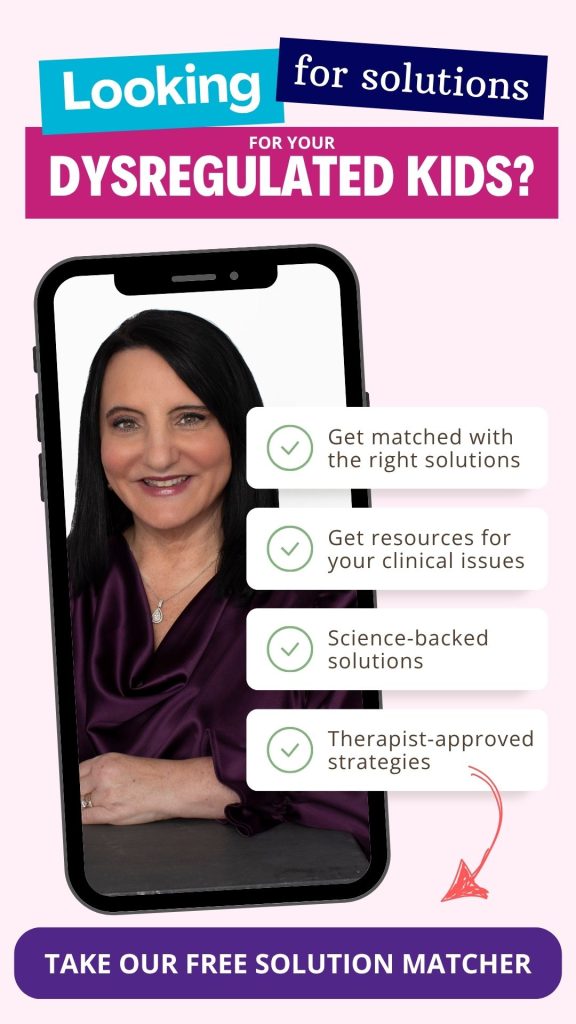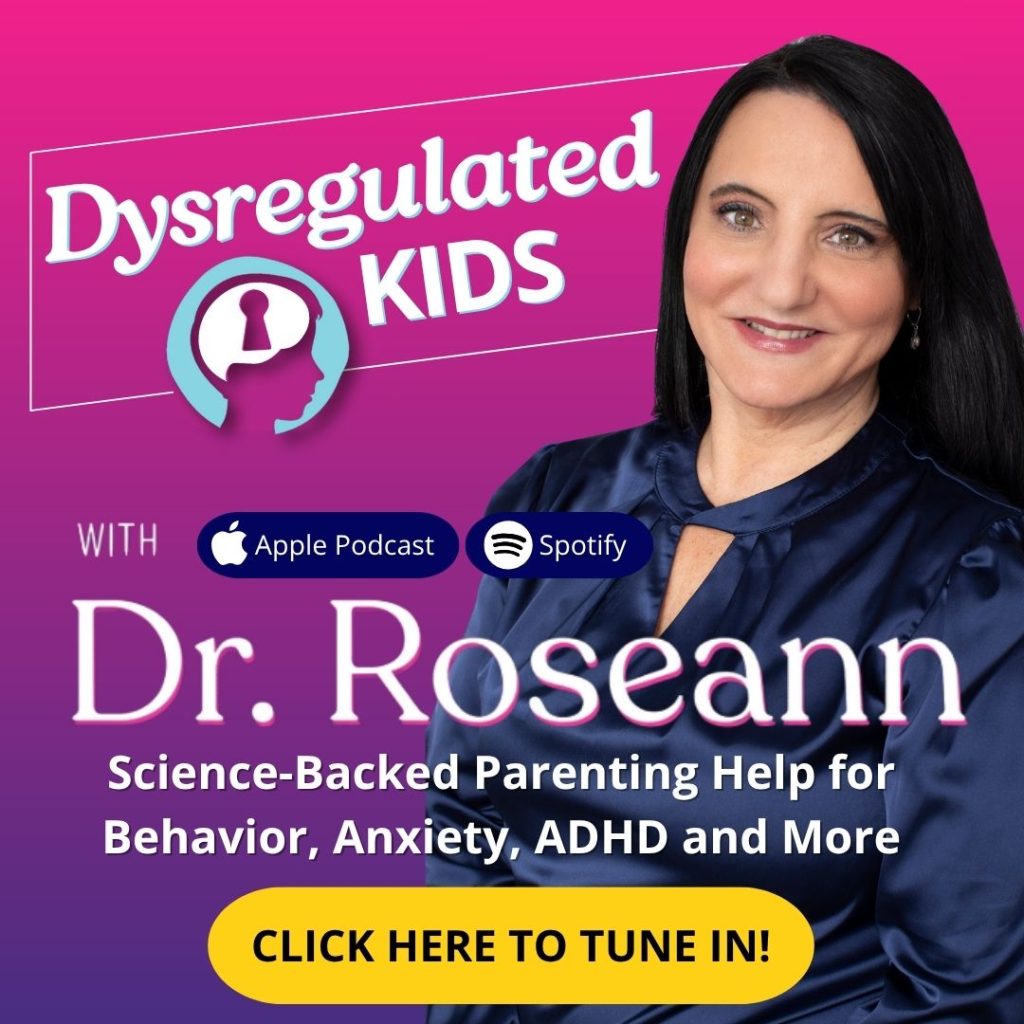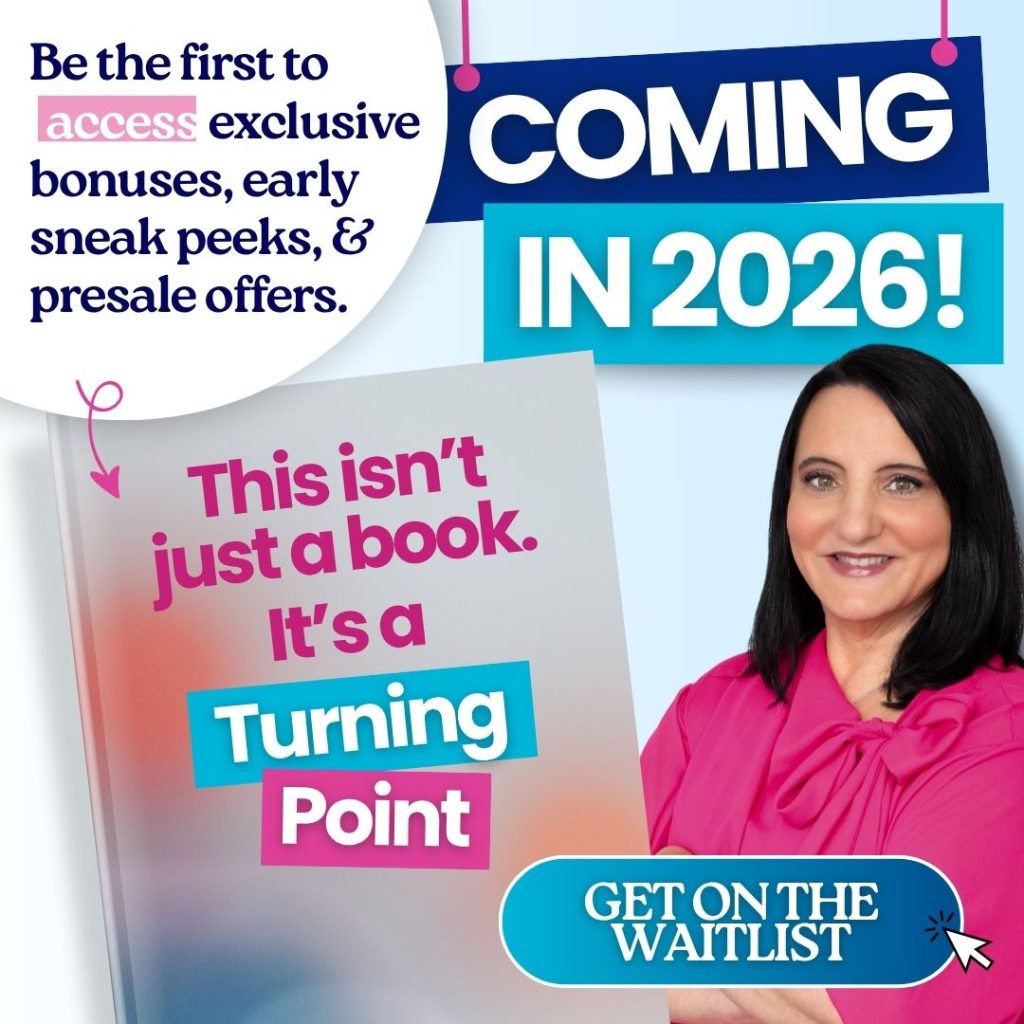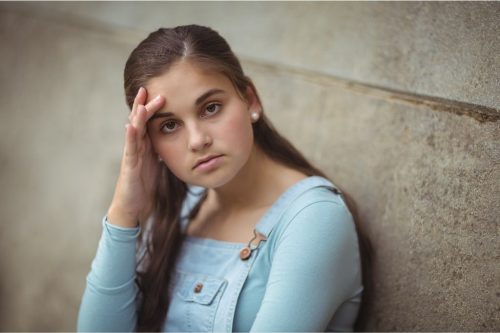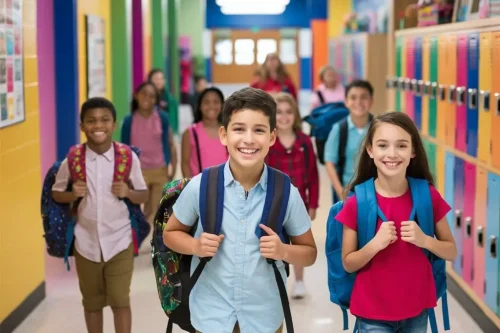Estimated reading time: 9 minutes
Parent-tested, science-backed tips for quick, doable ADHD therapy activities. Build focus, calm, and confidence without shaming you or your child.
If your child’s behavior feels out of control lately, you’re not alone—and you’re not failing. As I tell every family: behavior is communication, and when we calm the brain first, kids can learn, connect, and thrive.
In this guide, I’ll share the therapy activities for ADHD I use every day to support attention, impulse control, and emotional regulation. They are organized so you can start today and see wins this week.
What you’ll learn: why regulation-first works, the most effective activity types (with 37 specific ideas), how to fit them into real life, and answers to parents’ most-Googled questions.
Fastest Way to Calm My Dysregulated ADHD Child?
When the nervous system is in “fight/flight,” kids can’t think clearly or follow directions. Regulate → Connect → Correct™ is our sequence because a calm brain learns; a dysregulated brain can’t.
Start-Here Calming (1–7)
- Box breathing (4–4–4–4)
- Five-sense check-in (name 5–4–3–2–1)
- Progressive Muscle Relaxation (head to toe)
- Co-regulation script (“I’m calm; breathe with me.”)
- Weighted lap pad (10–15 min while reading)
- Mini-swing or rocking chair
- Calm-down playlist (same songs every time)
Why it works: Relaxation and mindful attention reduce arousal and improve self-regulation in ADHD (Sultan et al., 2025; Jarraya et al., 2022).
Parent snapshot:
Amy, mom of a fiery 8-year-old, swapped lecturing for 90 seconds of box breathing + a squeeze ball. Meltdowns shortened from 20 minutes to 5.
Her takeaway: breathe first, talk later.
Therapy Activities for ADHD That Actually Improve Attention
Short, structured practice builds attention more reliably than “trying harder.” Aim for brief, frequent reps (2–5 minutes, many times daily).
Attention Builders (8–16)
8. Memory card games (match 2, then 3, then 4)
9. Beat-the-timer tidy (90 seconds)
10. Mindful coloring (small mandalas)
11. Guided imagery (sand, sun, wind)
12. “What changed?” (tray of 6 objects, remove 1)
13. Focused listening (ID instruments in a song)
14. Single-step LEGO build (copy one step at a time)
15. Puzzle sprints (30–60 seconds, pause, resume)
16. Attention apps/games (short, ad-free, parent-timed)
Mindfulness-based programs show benefits for ADHD symptoms in youth; quality varies. But the trend is positive (Sultan et al., 2025). Keep it short and consistent.
How to Build Impulse Control Without Constant Power Struggles
Kids need safe, playful inhibition practice—not lectures.
Impulse-Control Games (17–23)
17. “Simon Says” (pause before moving)
18. “Red Light, Green Light” (add “yellow = slow”)
19. Freeze dance
20. “Count-to-10” rule (family-wide)
21. Emotion charades (name → choose strategy)
22. Strategy cards (Stop–Breathe–Choose)
23. Sticker pathway (toe-heel walking = slow body)
Parent snapshot: Andre’s 10-year-old blurted constantly. They made a “talk token” game at dinner—3 tokens to spend. Within two weeks, interruptions decreased, and conversations increased.
Takeaway: Practice the skill when the stakes are low.
Best Movement for High-Energy Kids (and Why)
Movement is medicine for ADHD. Aerobic exercise improves inhibitory control, working memory, and cognitive flexibility. This is typically 3–5 times a week, lasting ~60 minutes, with a moderate intensity (Wang et al., 2025).
Regulating Movement (24–30)
24. Ball sports (soccer/basketball “dribble & stop”)
25. Obstacle courses (crawl, climb, balance)
26. Martial arts basics (stances + breath)
27. Yoga animal flows (cat–cow, frog, cobra)
28. Dance follow-along (mirroring builds focus)
29. Nature walks (count birds, leaves, colors)
30. Mini-trampoline intervals (20 jumps + 5 breaths)
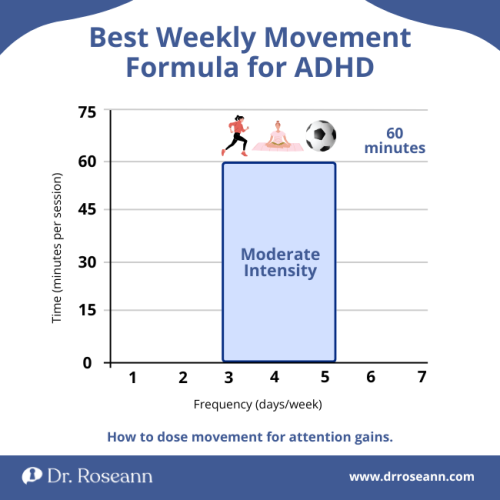
How to Grow Social Skills Without Awkward Scripts
We practice bite-sized, real interactions in low-pressure ways, then generalize.
Social + Communication Practice (31–34)
31. Board games (turn-taking, winning/losing)
32. Scenario wheels (“What could you try if…?”)
33. Compliment circle at dinner (one specific “glow”)
34. Group building (LEGO teams: builder vs. caller)
“A calm brain can learn.” Calm first, then coach the skill.
Parent snapshot:
Nora’s 12-year-old dreaded playdates. They practiced a 2-step opener (“Hi, want to trade Pokémon?” + “I brought sleeves”). After three tries, he initiated on his own. Takeaway: rehearse the first 10 seconds.
How to Bring These Activities Into School and Homework Time?
Create predictable mini-routines that regulate before expecting performance.
Home–School Success (35–37)
35. Beat-the-bell homework routine
- 2 min movement → 30 min work → 5 min break → repeat
36. Visual schedule (first–then–next) with timers
37. Toolbox on the desk (earmuffs, putty, water, sticky notes)
Pro tip: Underlines and bold headers in directions help scanning. Encourage teachers to allow movement breaks and flexible seating; a calm corner benefits the whole class.
How to Create Momentum This Week
| Days | Focus | Action Steps |
|---|---|---|
| Day 1–2 | Calm the Brain | Pick one calming tool (box breathing) + one movement block (20-minute walk) |
| Day 3–4 | Build Attention | Add one attention builder (memory cards, 3 minutes twice daily) |
| Day 5–7 | Strengthen Impulse Control | Add one impulse-control game (Red Light/Green Light) |
| Keep it Light | Progress Over Perfection | 80% success > 100% perfection. Track one win per day. |
Ready to See Change? Here’s Your Next Step
When you calm the brain first, everything else gets easier—homework battles, bedtime routines, and even sibling squabbles. These therapy activities for ADHD work. It’s because they train the nervous system to settle, then build skills through short, repeatable reps.
Start small, celebrate micro-wins, and remember: progress is a journey, not a sprint. And truly—It’s gonna be OK.
Your Next Move:
Download our Regulate. Connect. Correct.™ one-page routine and explore the ADHD Treatment Hub to choose the first tool that fits your child and family best.
FAQs
How long until I see changes?
Many families notice shorter meltdowns within 1–2 weeks when practicing daily calming + movement. Bigger attention gains often show up in 4–8 weeks of consistent reps.
Do these activities replace medication?
No. They’re foundational supports that can enhance the effects of therapy and medication by improving regulation (Sultan et al., 2025). Always coordinate with your provider.
What if my child refuses?
Offer choices (“Do you want yoga or trampoline?”). Keep sessions short, and co-regulate first.
What if school isn’t on board?
Share a one-page plan (movement breaks, calm corner, visual schedule). And request support through a 504 or IEP meeting.
Terminology
- Dysregulation: The nervous system is over/under-activated; thinking and behavior go offline.
- Co-regulation: Your calm helps your child’s brain settle so they can borrow your regulation.
- Executive function: Brain skills for focus, memory, planning, and impulse control.
Citations
Jarraya, S., Jarraya, M., & Engel, F. A. (2022). Kindergarten-based progressive muscle relaxation training enhances attention and executive functioning in 5–6-year-old children: A randomized controlled trial. Perceptual and Motor Skills, 129(3). https://doi.org/10.1177/00315125221080334
Sultan, M. A., Nawaz, F. A., Alattar, B., Khalaf, E., Shadan, S., El-Abiary, N., … Jogia, J. (2025). Assessing the impact of mindfulness programs on ADHD in children and adolescents: A systematic review. BMC Pediatrics, 25, 32. https://bmcpediatr.biomedcentral.com/articles/10.1186/s12887-024-05310-z
Wang, P., Rao, F., Xu, Z., Xing, K., Gao, Y., … Li, D. (2025). Effects of aerobic exercise on executive function in children and adolescents with ADHD: A systematic review and meta-analysis of RCTs. BMC Sports Science, Medicine and Rehabilitation, 17, 257. https://bmcsportsscimedrehabil.biomedcentral.com/articles/10.1186/s13102-025-01304-1
Always remember… “Calm Brain, Happy Family™”
Disclaimer: This article is not intended to give health advice, and it is recommended to consult with a physician before beginning any new wellness regimen. The effectiveness of diagnosis and treatment varies by patient and condition. Dr. Roseann Capanna-Hodge, LLC, does not guarantee specific results.
Are you looking for SOLUTIONS for your struggling child or teen?
Dr. Roseann and her team are all about science-backed solutions, so you are in the right place!
©Roseann Capanna-Hodge



